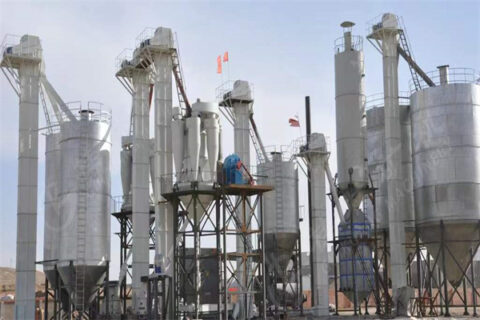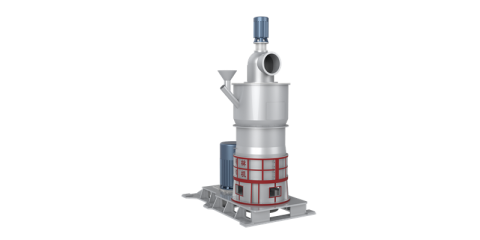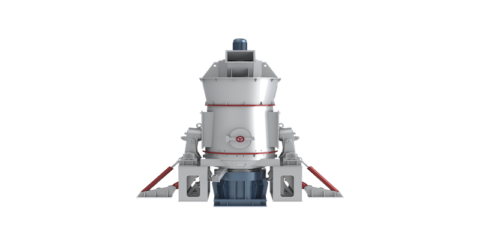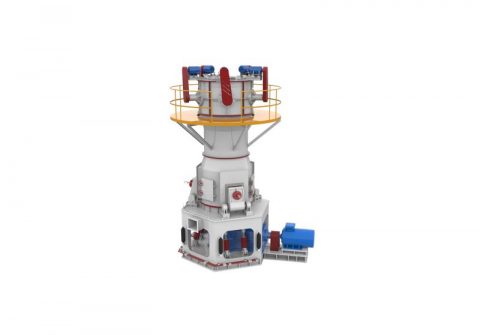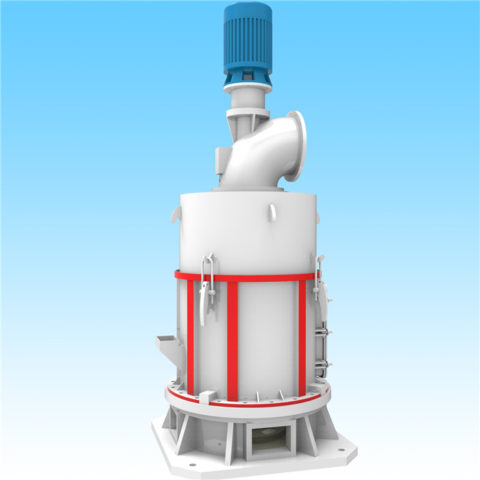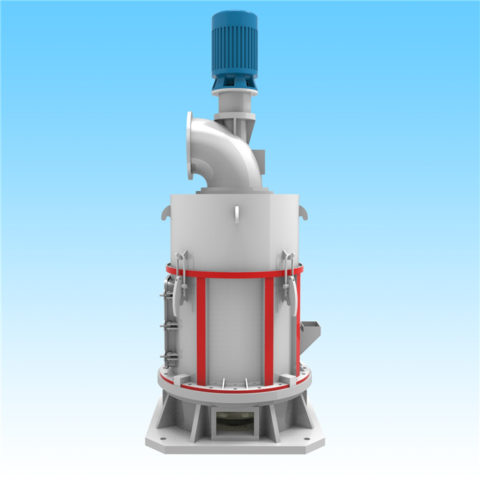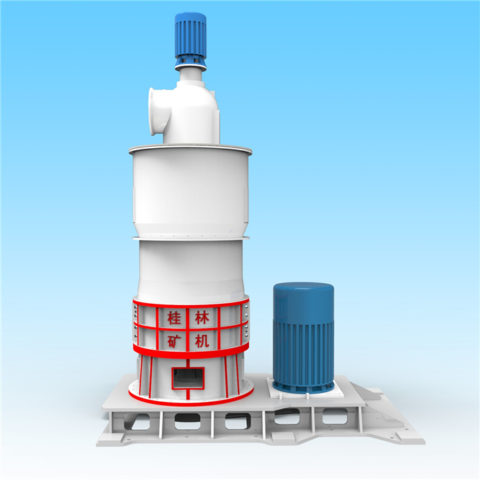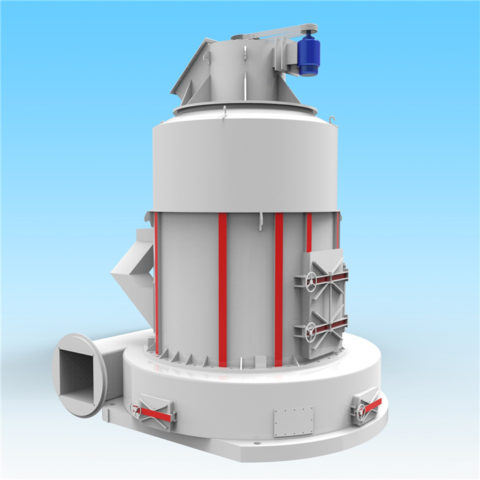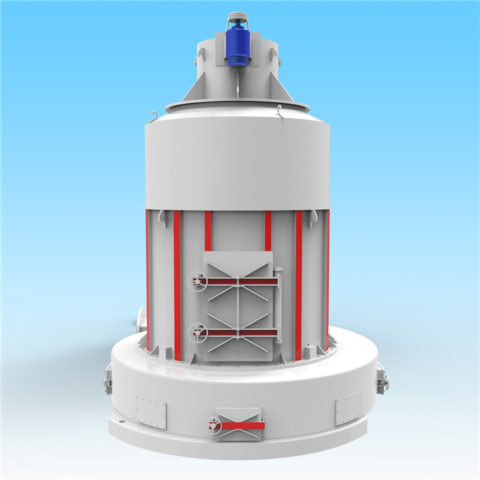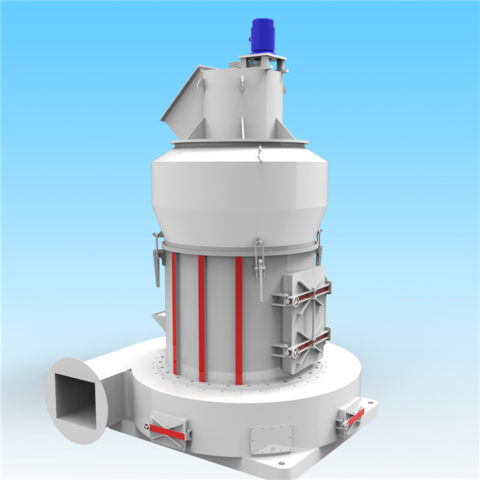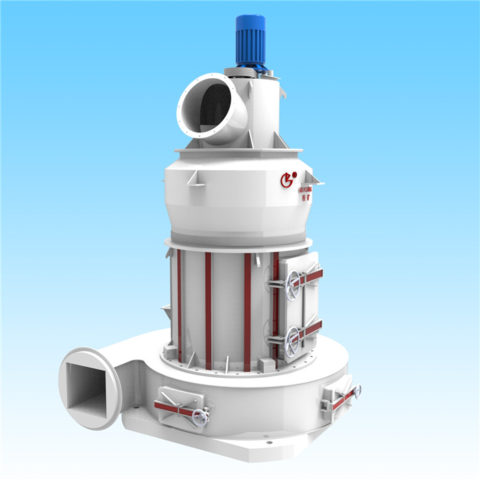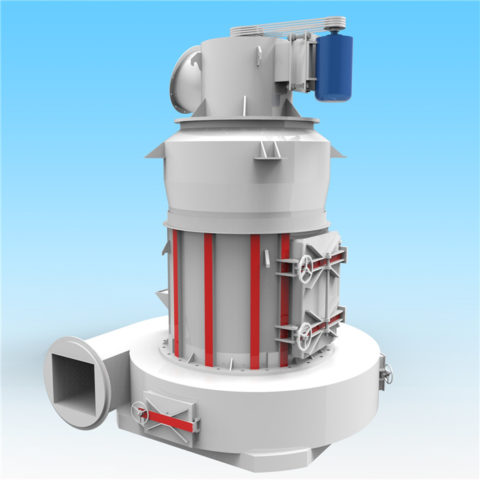The current international situation makes more and more people focus on iron ore. The common iron ores include magnetite, hematite, limonite and siderite. Among them, as typical refractory iron ore, limonite has the characteristics of easy-to-sliming, poor separation index, etc, but it still is a favorable backing to solve the shortage of iron mineral resources due to its abundant reserves. The common process used in the extraction of iron from limonite mainly includes a single separation process and joint separation process.
Extraction of iron from limonite-single separation process
The common single separation processes used in the extraction of iron from limonite mainly include the gravity separation process, magnetic separation process and flotation process (positive flotation process and reverse flotation process).
01 Gravity separation process
The gravity separation is to extract the iron from limonite based on gravity. As the main process used in the extraction of iron from limonite, the gravity separation process is often used to deal with coarse grain ore in most cases.
In order to further improve the concentrate quality, most limonite concentrators usually use the washing-gravity separation process for the extraction of iron from limonite. That is, use the cylindrical screen washer, groove ore washer and scrubbing machine to wash the ore, then use the dense media separator, jigging and other gravity separators, which is mostly used for extraction of iron from limonite and pseudohematite. The process has the advantages of simple gravity separator, low cost and less power consumption, while it also the disadvantages of low recovery rate and high tailings grade, which is not conducive to the comprehensive recovery of resources.
gravity-separation
02 Magnetic separation process
Limonite stone containing the iron, so they are magnetic. The different iron content in the limonite also makes their magnetism different. Therefore, we can make use of the magnetic differences to the extraction of iron from limonite. Generally, the strong magnetic separation process is often used for the extraction of iron from limonite, but the recovery rate of this process is poor for the fine-grained limonite (-20 um).
magnetic-separation
03 Flotation process
The single flotation process has a good recovery effect for fine iron ore, but the flotation effect is seriously affected because limonite is easy to be sliming. So, it is very important to consider desliming or strengthening dispersed slime before flotation. Because the fine particle size is difficult to adhere to the bubble surface, a separate mineralized foam layer emerges, and easy to adhere to the coarse surface. When gangue mud was attached to the surface of coarse limonite, its selectivity and floatability decreased significantly. Slime than the surface and surface energy (activity) are large, one is adsorption (consumption) a large number of flotation agents, resulting in slurry oil drugs, viscous, reduce the selectivity and flotability of floating ore; The second is the strong hydration ability, once the slime adheres to the bubble, the hydration film on the bubble surface is not easy to remove, thus bringing serious difficulties to the concentration and filtration of the concentrate, resulting in the decrease of recovery rate.
flotation
The flotation process used in the extraction of iron from limonite can adopt positive flotation or reverse flotation process. Research and practice show that the reverse flotation is more suitable for the removal of quality and impurity of limonite. In addition, the limonite has the loose crystal particle and large specific surface area, which can absorb and consume a lot of flotation reagents, so the flotation process used in the extraction of iron from limonite need to adopt multistage dosing and multistage separation flow.

